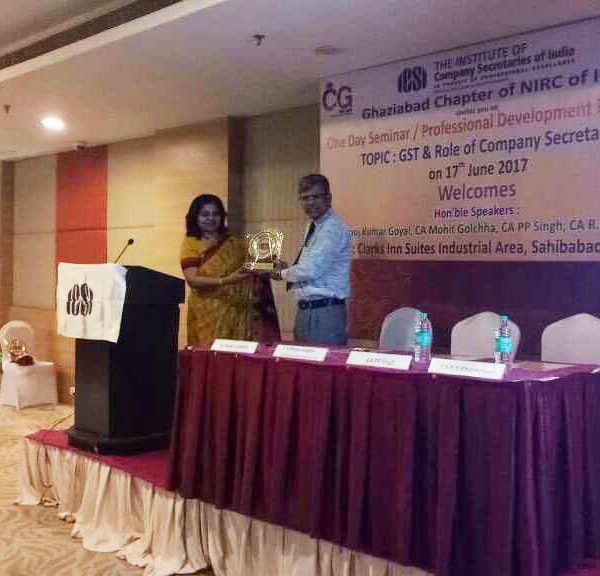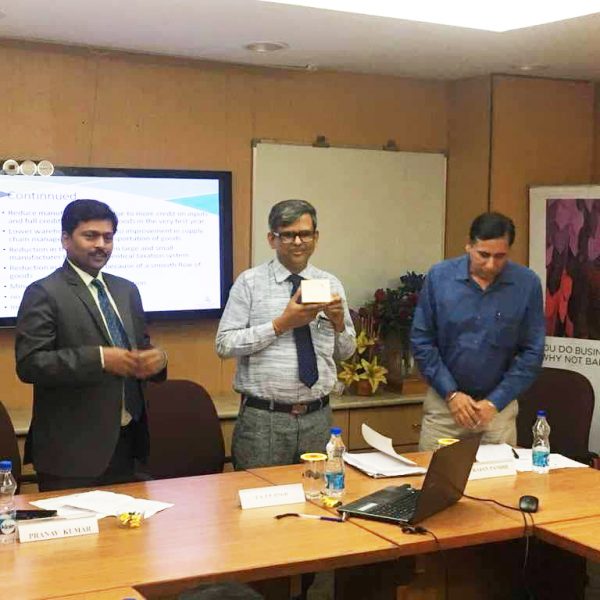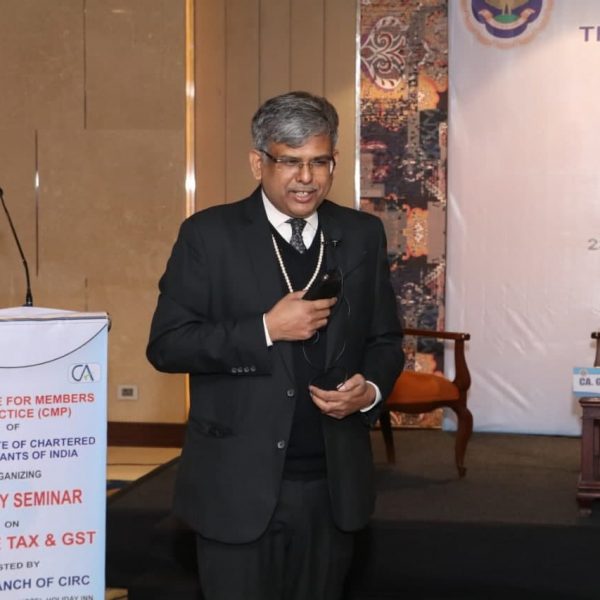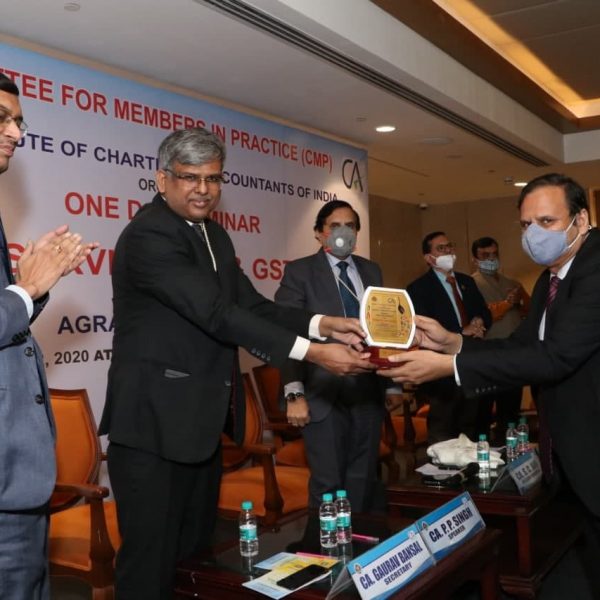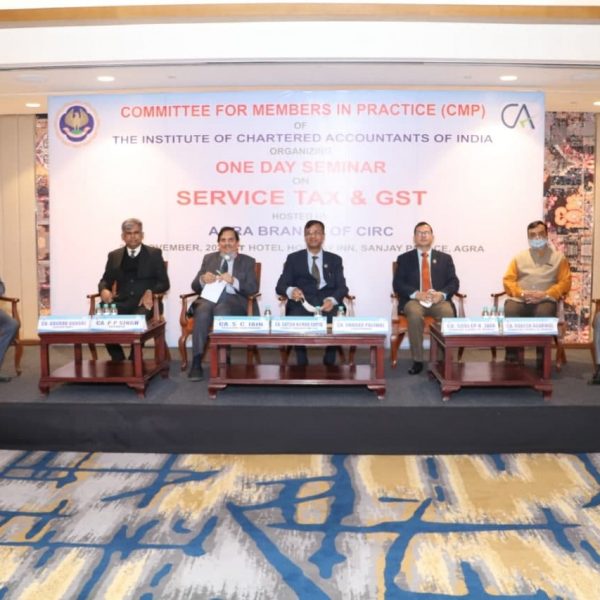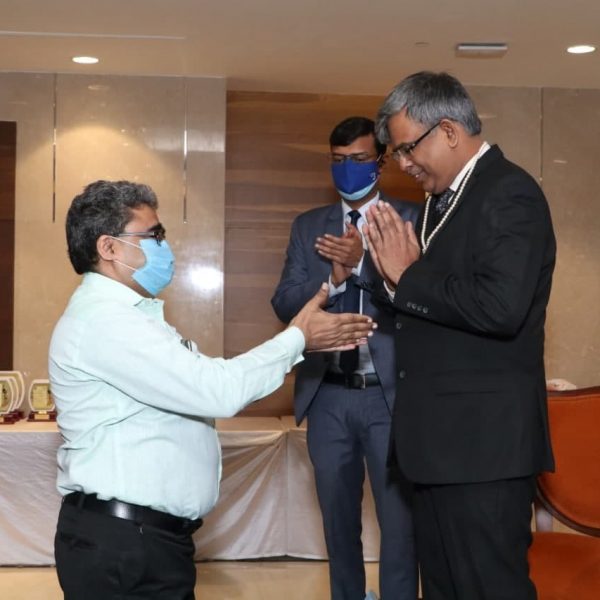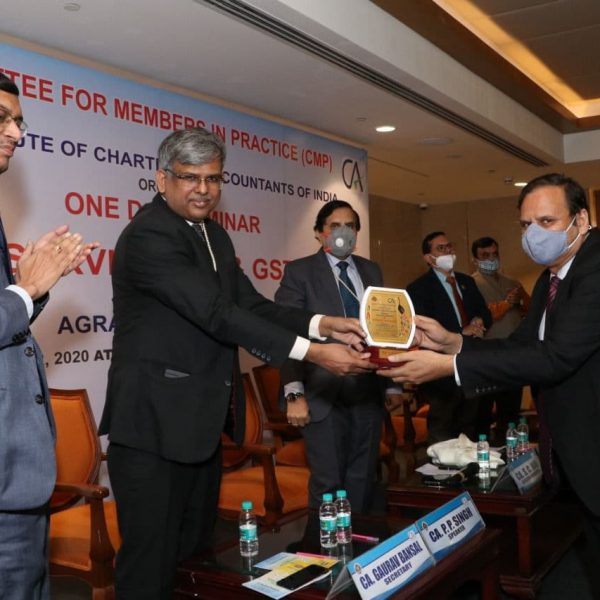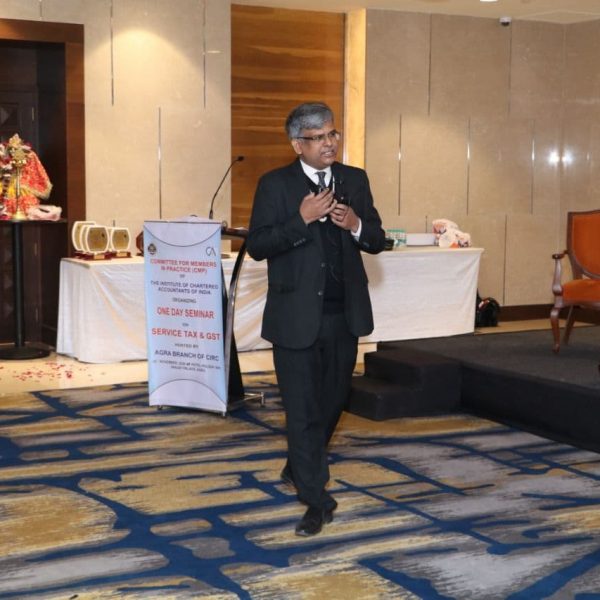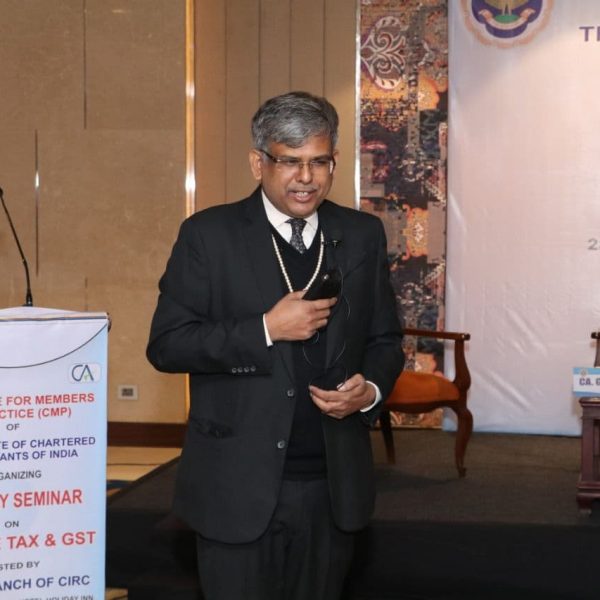HISTORICAL BACKGROUND:
Prior to First Statute on Trade Marks, the Trade Marks protection was left be governed by the Common Law. While cases pertaining to trade marks were decided in the light of Section 54 of the Specific Relief Act, 1877, the registration of trade marks was secured by obtaining declaration as to ownership under the Indian Registration Act, 1908. Whereas, some of the provisions of Trade Marks Act, 1940 came into force on 11th March, 1940 and rest became effective on 1st June, 1942. The Trade Marks Act, 1940 was first amended by the Trade Marks (Amendment) Act, 1941. Vide Trade Marks (Amendment) Act, 1943, the Trade Marks Registry, which was formerly a part of the Patent Office, Calcutta (now Kolkata) was separated from the Patent Office to constitute a separate Trade Marks Registry under a Registrar of Trade Marks at Bombay (now Mumbai). The Act was further amended Trade Marks (Amendment) Act, 1946 to give effect to the reciprocal arrangements relating to trade marks between the Government of India and the then Indian States and further amendments introduced by Part B States Laws Act, 1951.
On the basis of recommendation of Mr. Justice Ayyangar, the Trade Marks Act, 1940 was replaced by the Trade & Merchandise Marks Act, 1958 (Notified On 25th November 1959) with an objective to consolidate the provisions of the Trade Marks Act, 1940, the Indian Merchandise Marks Act, 1889 and the provisions relating to trade marks in the Indian Penal Code. Thereafter, some minor amendments were carried out by the Repealing & Amending Act, 1960 and the Patents Act, 1970.
In view of new developments in trading and commercial practices, increasing globalization of trade and industry, the need to encourage investment flows and transfer of technology and need for simplification and harmonization of trade mark management system and based on the obligations and commitments under the International Treaties namely- Paris Convention for Protection of Industrial Property and TRIPS Agreement, both of which India is a signatory, The Trade & Merchandise Mark Act, 1958 was replaced by the Trade Mark Act, 1999 (hereinafter referred to as the “Act”) and the Trade Marks Rules, 2017 governs the law relating to trade marks in India. The legislation, as indicated in the Preamble to the Act, is an “Act to amend and consolidate the law relating to trade marks, to provide for registration and better protection of trade marks for goods and services and for the prevention of the use of fraudulent marks.”
Statement of Objects and Reasons as annexed with the Act provides that:
(a) providing for registration of trade mark for services, in addition to goods;
(b) registration of trade marks, which are imitation of well known trade marks, not to be permitted, besides enlarging the grounds for refusal of registration mentioned in clauses 9 and 11. Consequently, the provisions of defensive registration of trade marks are proposed to be omitted;
(c) amplifications of factors to be considered for defining a well known mark;
(d) doing away with the system of maintaining registration of trade marks in Part A and Part B with different legal rights, and to provide only a single register with simplified procedure for registration and with equal rights;
(e) Simplifying the procedure for registration of registered user and enlarging the scope of permitted use;
(f) Providing enhanced punishment for the offences relating to trade marks on par with the present Copyright Act, 1957, to prevent the sale of spurious goods;
(g) Providing an Appellate Board for speedy disposal of appeals and rectification applications which at present lie before High courts;
(h) Transferring the final authority relating to registration of certification trade marks to the Registrar instead of the Central Government;
(i) Providing enhanced punishment for the offences relating to trade marks on par with the present Copyright Act, 1957, to prevent the sale of spurious goods;
(j) Prohibiting use of someone else’s trade marks as part of corporate names, or name of business concern;
(k) Extension of application of convention country to include countries which are members of Group or union of countries and Inter-Governmental Organizations;
(l) Incorporating other provisions, like amending the definition of “trade marks;, provisions for filing a single application for registration in more than one class, increasing the period of registration and renewal from 7 to 10 years; making trade mark offences cognizable, enlarging the jurisdiction of Courts to bring the law in this respect on par with the copyright law, amplifying the powers of the Court to grant ex parte injunction in certain cases and other related amendments to simplify and streamline the trade mark law and procedure [All the provisions of the Trade Marks Act, 1999 and the trade Marks Rules came into effect w.e.f. 15.9.2003 as per notification No. S.O. 1048(E) dated 15.9.2003]
DIVISION OF THE TRADE MARKS ACT, 1999
The Trade Marks Act, 1999 is divided into Thirteen Chapters [Chapter X omitted], 159 Sections and Schedule attached thereto. The Trade Marks Act, 1999 provides for provisions with regard to Introduction of Act, Register of Trade Marks and Conditions for Registration, Procedure for and Duration For Registration, Effect of Registration, Special Provisions Relating to Protection of Trade Marks through International Registration under the Madrid Protocol, Provisions for Assignment and Transmission, Provisions for Use of Trade Marks and Registered Users, Provisions for Rectification and Correction of Register, Collective Marks, Certification Trade Marks, Appellate Board, Provisions With regard to Offences, Penalties and Procedure and Other Miscellaneous Provisions.
APPLICATION FOR TRADE MARKS REGISTRATION:
Pursuant to Section 18(1) of the Act, any person claiming to be the proprietor of a trade mark used or proposed to be used by him, who is desirous of registering it, shall apply in writing to the Registrar in the prescribed manner for the registration of his trade mark.
Rule 23 to 31 deals with manner in which Application should be made.
PROCEDURE FOR TRADE MARKS REGISTRATION
Rule 22: Request to Registrar for Search
Any person may, prior to making an application for trade marks registration, if desirous, make an application to the Registrar in Form TM-C along with prescribed Fee to cause a search to be made and for issue of certificate under Sub-Section (1) of Section 45 of the Copyright Act, 1957 to the effect that no trademark identical with or deceptively similar to such artistic work, as sought to be registered as copyright under Copyright Act, 1957 has been registered as a Trademark under the Trade Marks Act, 1999 in the name of, or that no application has been made under the Act for such re-registration by any person other than applicant. The Certificate shall ordinarily be issued within 30 working days [Ordinarily within 7 days] of the date of request.
Classification of Goods / Services: Identification and Determination
Pursuant to provisions of Section 7 of the Act, the Registrar shall classify goods and services, as far as may be, in accordance with the international classification of goods and services for the purpose of registration of the trademark. The Classes of goods and services has been broadly divided in Two Category i.e. (i) Goods and (ii) Services. While goods have been classified under Class 1 to 34, services have been classified under Class 35 to 45.
Classification of goods or services appearing in the class headings are general indications relating to the fields to which, in principle, the goods or services belong. The Alphabetical List published by the Registrar under Section 8 of the Act should therefore be consulted in order to ascertain the exact classification of each individual goods or services.
Pursuant to Sub-Section (2) of Section 7 of the Act, any question arising as to the class within which any goods or services falls shall be determined by the Registrar whose decision shall be final.
Rule 23: Form and Signing of Application:
The Applicant claiming to be proprietor of a goods or services used or proposed to be used by him and desirous of registering the same shall apply in writing in the Trade Marks Registrar within whose territorial limits the principal place of business in India of the Applicant in Form TM-A duly signed by himself or his Agent along with fee as prescribed in the First Schedule.
The brief steps/stages for granting a trademark are as under:
- Application can be submitted offline or electronically through comprehensive e-filing module. An Application for the registration of a trademark, for goods or services, shall:
- explain with sufficient precision, a description by words, if necessary, to determine the right of the Applicant;
- be able to depict the graphical representation of the trademark;
- be considered as a three dimensional trademark only if the application contains a Statement to that effect;
- be considered as a trademark consisting of a combination of colours only if the application contains a statement to that effect
In addition to above, the trademark application should also consist of:
- Statement of User [Rule 25]
- Representation of Trademark [Rule 26]- Application shall contain a clear and legible representation of the trademark of size not exceeding 8 cm X 8 cm, reproduction of trademark in the combination as stated in the application, if any; In case 3D trademark, three different graphic or photographic reproduction or five different views if registrar so requires. Other requirements must be fulfilled as per need.
- Authorization of Agent in Form TM-M under Rule 19 supported by duly notarized Power of Attorney [In case of Applicant being Company / LLP / Partnership Firm, copy of Board Resolution]
- Affidavit depicting Statement of User of Trademark, Date of Use, alongwith Documents in wide public circulation such as Invoices and Bills, Government Registration Certificates, Online presence, Any announcements advertisement or declarations made to newspapers or any other modes having circulation to the public platform or having wide reach are also a valid proof to establish this claim containing trademark and date of publication. [At least two Documents per months must be enclosed]
- Prescribed Fee: INR 10,000/- (To promote Paperless filing, Trademark Registry allow certain discount). The Department for Promotion of Industry & Internal Trade (DPIIT), in order to facilitate trademarks for Startups, provides 50% concession in statutory fees for filing trademarks applications in case of Applicant being Company or LLP.
- To avail the discount as mentioned in (i) above, the applicant needs to submit Udyam Registration / Start up Registration Certificate. (Only of Company / LLP). Minimum Trade Marks Application Fee has been capped at INR 5000.00
[Note: As per Gazette Notification No. S.O. 2119(E) dated June 26, 2020, all existing enterprises registered under EM–Part-II or UAM shall register again on the Udyam Registration portal on or after the 1st day of July, 2020. Vide Notification No. RBI / 2020-2021 / 26FIDD.MSME & NFS.BC.No.4 / 06.02.31/2020-21 Dated August 21, 2020, The existing Entrepreneurs Memorandum (EM) Part II and Udyog Aadhaar Memorandum (UAMs) of the MSMEs obtained till June 30, 2020 shall remain valid till March 31, 2021]
- Once the Application is filed, the Application will be sent to Vienna Classification after such Classification and Technical Scrutiny of the Application shall be marked for Examination.
- Post Examination, if Registrar is satisfied with the Application, the Registrar shall, cause the application as accepted together with the conditions or limitations, if any, subject to which it has been accepted, to be advertised in the prescribed manner. Application may also be advertised before acceptance if it relates to a trade mark to which sub-section (1) of section 9 and sub-sections (1) and (2) of section 11 apply, or in any other case where it appears to Registrar that it is expedient by reason of any exceptional circumstances so to do. The Period of Compulsory Advertisement is 4 months for General Public Opposition from the Date of Publication in the TM Journal and thereafter Registration Certificate will be granted if there is no Opposition from General Public.
- If Registrar is not satisfied with the Application, the Registrar shall issue Examination Report mentioning his concerns and grants 30 days time to respond to the issues involved.
- In case Registrar instructs to amend Application, Form TM-M will be filed within 30 Days along with prescribed Fee.
- In case Registrar instructs to Reply to the Examination Report, Reply should be prepared briefly with facts and will be filed within 30 Days.
- If the Registrar is satisfied with the Reply, the Application shall be Advertisement for 4 months from the Date of Publication in TM Journal and thereafter Registration Certificate will be granted if there is no Opposition from General Public.
- If the Registrar is not satisfied with the Reply, the Application shall be marked for Hearing. (Hearing through Video Conferencing or Personal Hearing will be conducted in the Office of Registrar).
- If the Registrar is satisfied in the Personal Hearing, the Application will be Advertised in the TM Journal and thereafter Registration Certificate will be granted if there is no Opposition from General Public.
- If the Registrar is not satisfied in the Personal Hearing, the Application will be Refused by the Registrar.
- Upon happening of event on Point No. 10, we may file Appeal with Intellectual Property Appellate Board (IAPB) which is like Court Hearing. [Note: As per Section 92 of the Act, The Appellate Board shall not be bound by the procedure laid down in the Code of Civil Procedure, 1908 (5 of 1908) but shall be guided by principles of natural justice and subject to the provisions of this Act and the rules made thereunder, the Appellate Board shall have powers to regulate its own procedure including the fixing of places and times of its hearing. The Appellate Board. shall have, for the purpose of discharging its functions under this Act, the same powers as are vested in a civil court under the Code of Civil Procedure, 1908]
- Upon Successful, completion of Trade Marks Proceedings, the Trade Marks Registry issue Registration Certificate in Form RG-2.

